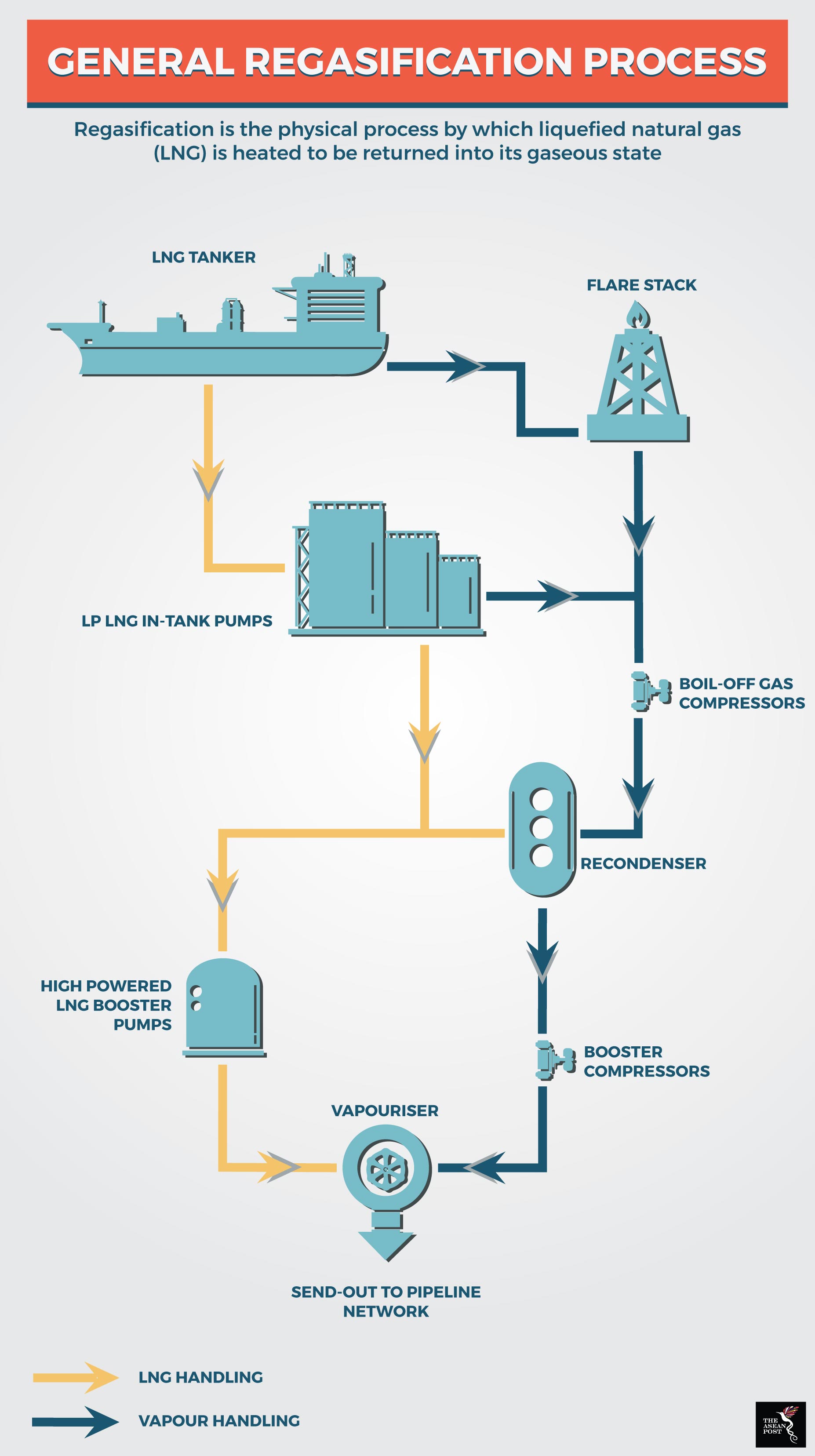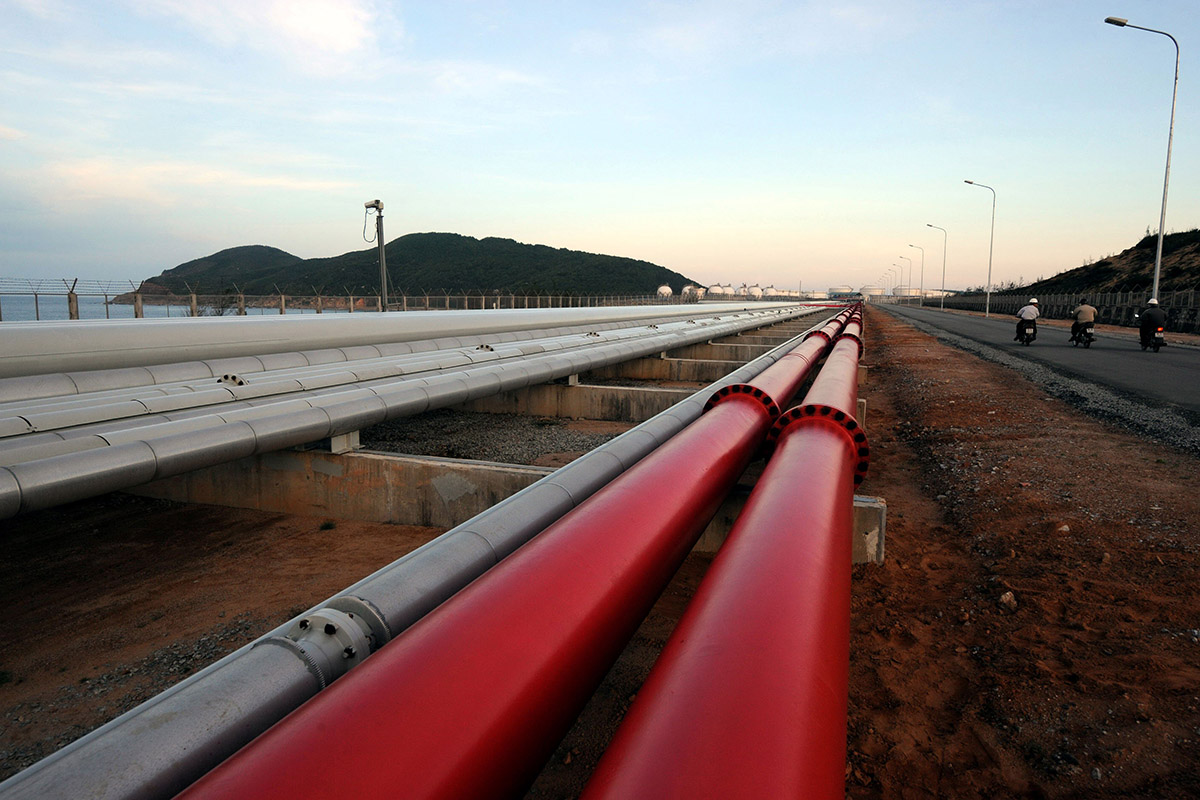An impressive period of sustained economic success has seen energy demand in Southeast Asia increase beyond twofold. These trends emerge against the backdrop of evolving global energy dynamics, in light of rapid urbanisation among ASEAN member states. This situation has created a challenging environment for policymakers in navigating bilateral and regional relationships, even though a Memorandum of Understanding (MoU) on ASEAN Energy Cooperation was ratified on the 24 June, 1986. From this juncture, many other agreements have been made, such as the construction of an ASEAN Power Grid (APG) and a Trans-ASEAN Gas Pipeline (TAGP).
Based on a report from the International Energy Agency (IEA), about US$ 990 billion in investments will be required to develop ASEAN's power sector, and this runs through to 2035. The aforesaid figure represents more than 50% of the total amount required in the region's energy-supply infrastructure. According to the ASEAN Secretariat, Southeast Asia had 7.5 trillion cubic metres (tcm) of gas reserves, representing 3.5% of the world total within the last seven years. Over the past two decades, gas production in ASEAN has more than doubled and will continue to grow by 30% over the next two decades as well.
The AGP is a flagship program mandated in 1997; a strategy that encourages the development of identified interconnection projects. Before a gradual expanding to the sub-region, cross-border bilateral terms are established. From then on, it is hoped that an integrated SEA power grid system is created. As of now, the power grids that have been erected include the Sarawak-West Kalimantan grid, and the Thai-Peninsular Malaysia grid that encompasses Sadao-Bukit Keteri and Khlong Ngae-Gurun.
The TAGP is a physical energy infrastructure project that looks to support new market opportunities besides increasing energy security within the region. This will be attained through an interconnection of the gas pipeline infrastructure of ASEAN member states, together with a connectivity through LNG regasification terminals that enables gas to be transported across borders. Based on the ASEAN Council on Petroleum (ASCOPE) TAGP Masterplan in 2000, the TAGP will incorporate various individual projects, involving the construction of approximately 4,500 kilometres of pipeline (mainly undersea) worth approximately US$7 billion. One of the main positives from this mammoth project is an increase in investment in the region, encapsulating the transfer of finances and technology.
The completion of the Zawtika (Block M-9, located in Myanmar) represents the 12th bilateral interconnection of the TAGP which increased the length of cross-border gas pipelines from 815km in 2000 to 3,279km. As of now, connections are bilateral in nature, with pipelines linking Singapore - Malaysia, Myanmar-Thailand, West Natuna (Greater Sarawak Basin) - Singapore, West Natuna -Duyong and South Sumatra - Singapore, Malaysia – Thailand, and Singapore - Malaysia.

Source: Energy Market Authority (EMA), Singapore
Potential challenges
Inter-state competition for available resources could be a big problem, given the rise in energy demand in not only ASEAN but Asia. Overlapping claims in several disputed areas within the region pose a significant threat to unimpeded cross-border energy supply. Compounded with geographical diversity and uneven economic development, funding and integrating the regions’ TAGP infrastructure proves to be a problem that still persists. Another obvious challenge is that often times, the desire for self-sufficiency by ASEAN nations impedes the call for interconnection which has been agreed upon.
Considering the fact that ASEAN 2020 is only two years away (when most of the project is expected to be completed), it is high time that the governments of ASEAN member states become more coordinated in implementing proper regulatory structures. Also, the harmonising of legal and pricing frameworks to facilitate the sale and provision of energy should be put in place and thoroughly implemented. All stakeholders in the region will have to work hand in hand to make the vision of years past a reality tomorrow.
